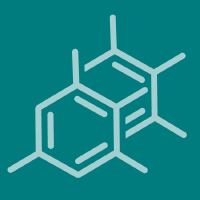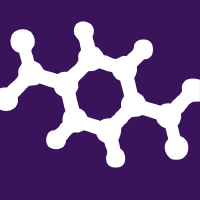Topic Menu
► Topic MenuTopic Editors



Advanced Biomaterials: Processing and Applications
Topic Information
Dear Colleagues,
The progress of biomaterial science and engineering has allowed the creation of increasingly advanced and innovative interfaces with biological systems capable of performing multiple functions aimed at supporting the growth of new tissue during healing/regeneration processes. To achieve this aim, an accurate design study of the material properties is required to guarantee a controlled structure and the dynamic functionality capable of adapting/integrating with the biological complexity of tissues and organs. In this context, the transition from inert to bioactive materials has been consolidated, leading to the development of new strategies in chemistry and nanotechnologies capable of responding to the growing needs in terms of promotion and control of biological phenomena in vitro and in vivo. In this perspective, this topic issue aims to review recent achievements in the field of hard and soft biomaterials with a specific emphasis on micro and nanotechnology advances which have showed the potential of controlling morphology and static/dynamic functionalities at micro/sub micrometer scale, including tailoring of biomechanical/sensing properties for the creation of bio-complex materials that might be used ad hoc in challenging applications of biomedicine and biotechnology. Research on the potential impact of recent technological developments, including safety laws and toxicology for large scale applications, will also be considered.
Dr. Vincenzo Guarino
Dr. Roberto De Santis
Dr. Ugo D'Amora
Topic Editors
Keywords
- electro fluid dynamics
- 3D/4D printing
- nanomedicine
- regenerative medicine
- tissue engineering
Participating Journals
| Journal Name | Impact Factor | CiteScore | Launched Year | First Decision (median) | APC |
|---|---|---|---|---|---|

Chemistry
|
2.4 | 3.9 | 2019 | 18.5 Days | CHF 1800 |

Materials
|
3.2 | 6.4 | 2008 | 15.2 Days | CHF 2600 |

Molecules
|
4.6 | 8.6 | 1996 | 16.1 Days | CHF 2700 |

Polymers
|
4.9 | 9.7 | 2009 | 14 Days | CHF 2700 |

Pharmaceutics
|
5.5 | 10.0 | 2009 | 14.9 Days | CHF 2900 |

Preprints.org is a multidisciplinary platform offering a preprint service designed to facilitate the early sharing of your research. It supports and empowers your research journey from the very beginning.
MDPI Topics is collaborating with Preprints.org and has established a direct connection between MDPI journals and the platform. Authors are encouraged to take advantage of this opportunity by posting their preprints at Preprints.org prior to publication:
- Share your research immediately: disseminate your ideas prior to publication and establish priority for your work.
- Safeguard your intellectual contribution: Protect your ideas with a time-stamped preprint that serves as proof of your research timeline.
- Boost visibility and impact: Increase the reach and influence of your research by making it accessible to a global audience.
- Gain early feedback: Receive valuable input and insights from peers before submitting to a journal.
- Ensure broad indexing: Web of Science (Preprint Citation Index), Google Scholar, Crossref, SHARE, PrePubMed, Scilit and Europe PMC.

